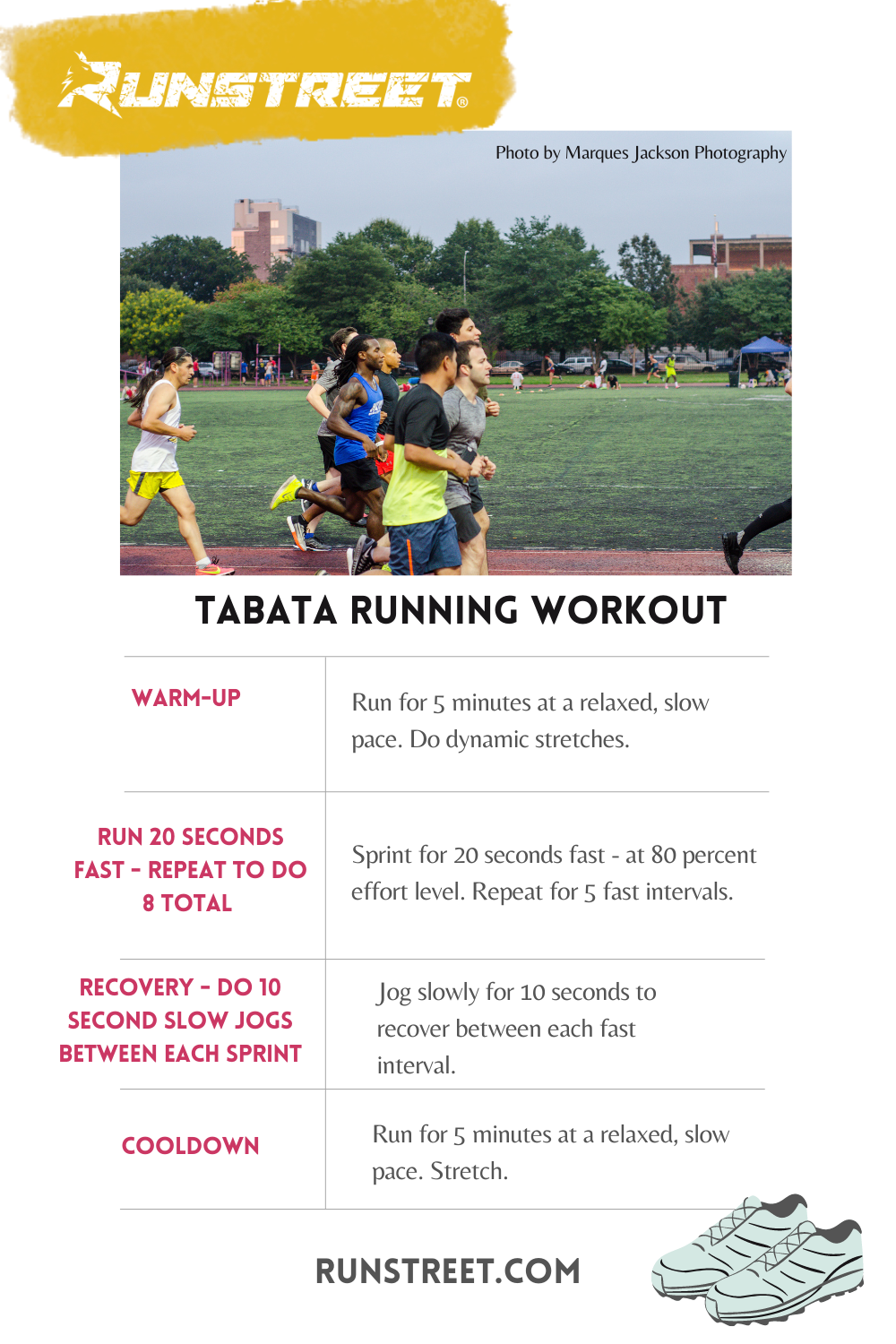The Ultimate Running Strategy Overview: Attain Your Health And Fitness Goals
The Ultimate Running Strategy Overview: Attain Your Health And Fitness Goals
Blog Article
Taking Care Of Usual Running Pains: Reasons, Solutions, and Prevention
As joggers, we typically run into different discomforts that can impede our efficiency and satisfaction of this physical task. From the incapacitating pain of shin splints to the bothersome IT band syndrome, these usual running pains can be irritating and demotivating. Comprehending the causes behind these conditions is crucial in successfully addressing them. By checking out the root reasons for these running discomforts, we can discover targeted services and safety nets to ensure a smoother and a lot more meeting running experience (Source).
Usual Running Discomfort: Shin Splints
Shin splints, a typical running discomfort, often result from overuse or inappropriate footwear during physical activity. The recurring stress on the shinbone and the tissues attaching the muscle mass to the bone leads to swelling and discomfort.
To protect against shin splints, individuals should gradually enhance the intensity of their workouts, use ideal shoes with appropriate arch assistance, and maintain adaptability and toughness in the muscle mass surrounding the shin (running strategy). Additionally, incorporating low-impact tasks like swimming or biking can help keep cardiovascular physical fitness while allowing the shins to recover.
Usual Running Pain: IT Band Disorder
Along with shin splints, another widespread running discomfort that professional athletes commonly come across is IT Band Syndrome, a problem brought on by inflammation of the iliotibial band that leaves the external upper leg and knee. IT Band Syndrome typically materializes as discomfort outside of the knee, particularly during activities like running or biking. The iliotibial band is a thick band of fascia that connects the hip to the shin, and when it ends up being swollen or tight, it can scrub against the upper leg bone, leading to pain and discomfort.
Runners experiencing IT Band Syndrome might observe a stinging or hurting sensation on the external knee, which can aggravate with continued activity. Variables such as overuse, muscular tissue discrepancies, incorrect running form, or poor warm-up can add to the growth of this problem.
Typical Running Pain: Plantar Fasciitis

Plantar Fasciitis can be credited to different variables such as overtraining, incorrect shoes, running on tough surface areas, or having high arches or flat feet. To avoid and alleviate Plantar Fasciitis, runners can integrate extending workouts for the calf bones and plantar fascia, put on encouraging shoes, keep a healthy and balanced weight to lower stress on the feet, and slowly enhance running strength to stay clear of sudden stress and anxiety on the plantar fascia. If signs and symptoms persist, it is recommended to consult a healthcare specialist for correct medical diagnosis and treatment options to attend to the condition efficiently.
Common Running Discomfort: Jogger's Knee
After addressing the obstacles of Plantar Fasciitis, an additional prevalent issue that runners often face is Jogger's Knee, a common running pain that can prevent sports performance and create discomfort throughout physical task. Jogger's Knee, likewise understood as patellofemoral pain disorder, manifests as pain around or behind the kneecap. Joggers experiencing this pain might really feel a boring, hurting discomfort while running, going up or down stairways, or after prolonged durations of resting.
Typical Running Pain: Achilles Tendonitis
Commonly affecting runners, Achilles Tendonitis is an excruciating problem that affects the Achilles ligament, causing pain and prospective constraints in physical activity. The Achilles tendon is a thick band of cells that connects the calf muscle mass to the heel bone, essential for tasks like running, leaping, and walking - navigate to this website. Achilles Tendonitis often develops due to overuse, improper footwear, inadequate stretching, or sudden increases in exercise
Symptoms of Achilles Tendonitis consist of pain and stiffness along the tendon, especially in the early morning or after durations of lack of exercise, swelling that worsens with task, and possibly bone stimulates in chronic cases. To avoid Achilles Tendonitis, it is necessary to stretch appropriately previously and after running, put on proper footwear with proper assistance, gradually boost the intensity of workout, and cross-train to reduce repetitive stress on the ligament. Therapy might involve remainder, ice, compression, altitude (RICE protocol), physical treatment, orthotics, and in extreme situations, surgery. Early intervention and correct care are crucial for managing Achilles Tendonitis effectively and avoiding long-lasting complications.
Verdict

Report this page